SUMMARY
This is AI generated summarization, which may have errors. For context, always refer to the full article.
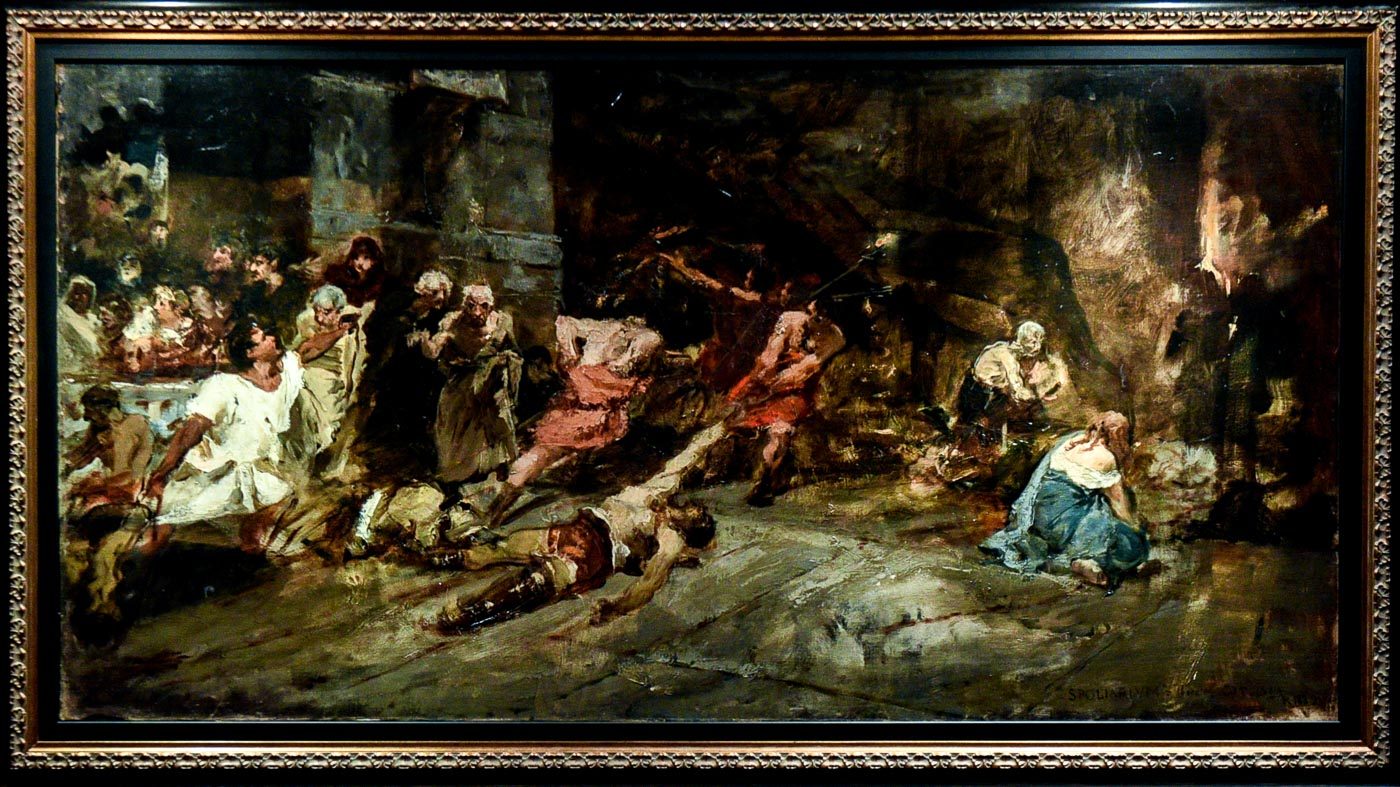
MANILA, Philippines – A smaller version of the country’s largest painting and national treasure, the Spoliarium by Juan Luna, surfaced during a private presentation in Makati City on Thursday, August 30.
The boceto (a sketch or study that guides an artist in producing a final work), dated a year before the finished Spoliarium won the First Class Medal at the 1884 Expocision Nacional de Bellas Artes in Madrid, will be auction off later this month.
Question is, is it real?
Salcedo Auctions director Richie Lerma believes so and attributes the boceto as the first and “original” version of the oil and canvass art piece.
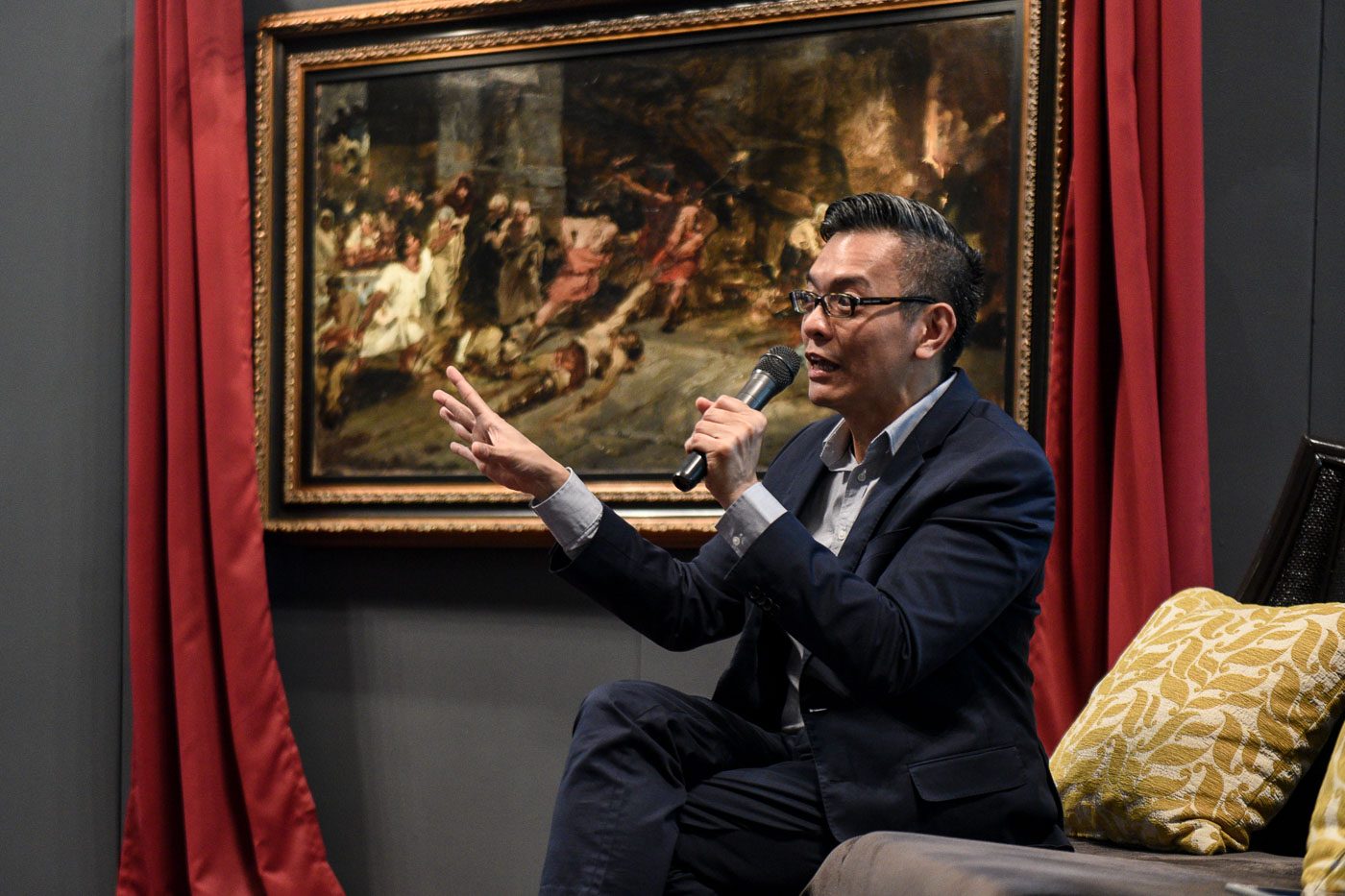
“In my view this is the original Spoliarium because it is the earliest version… The evidence is there and no one has yet showed any evidence to disprove that the boceto is not authentic. For all intent and purposes, based on material and historical evidence, provenance, photographs, literature, newspapers, all say that this is the long lost boceto of Juan Luna y Novicio,” Lerma told media during the presentation Q&A.
The boceto was introduced to Salcedo Auctions through email by a private collector based in Europe.
According to Lerma, the attached detailed photographs of the art piece revealed a more impressionistic, less figurative version compared to the finished Spoliarium.
“In the beginning I doubted it but there were signs in the painting that led me to act further.” Lerma said.
One of the signs Lerma was referring to is the signature area on the bottom right hand corner, convincing him to meet the owner and to investigate further.
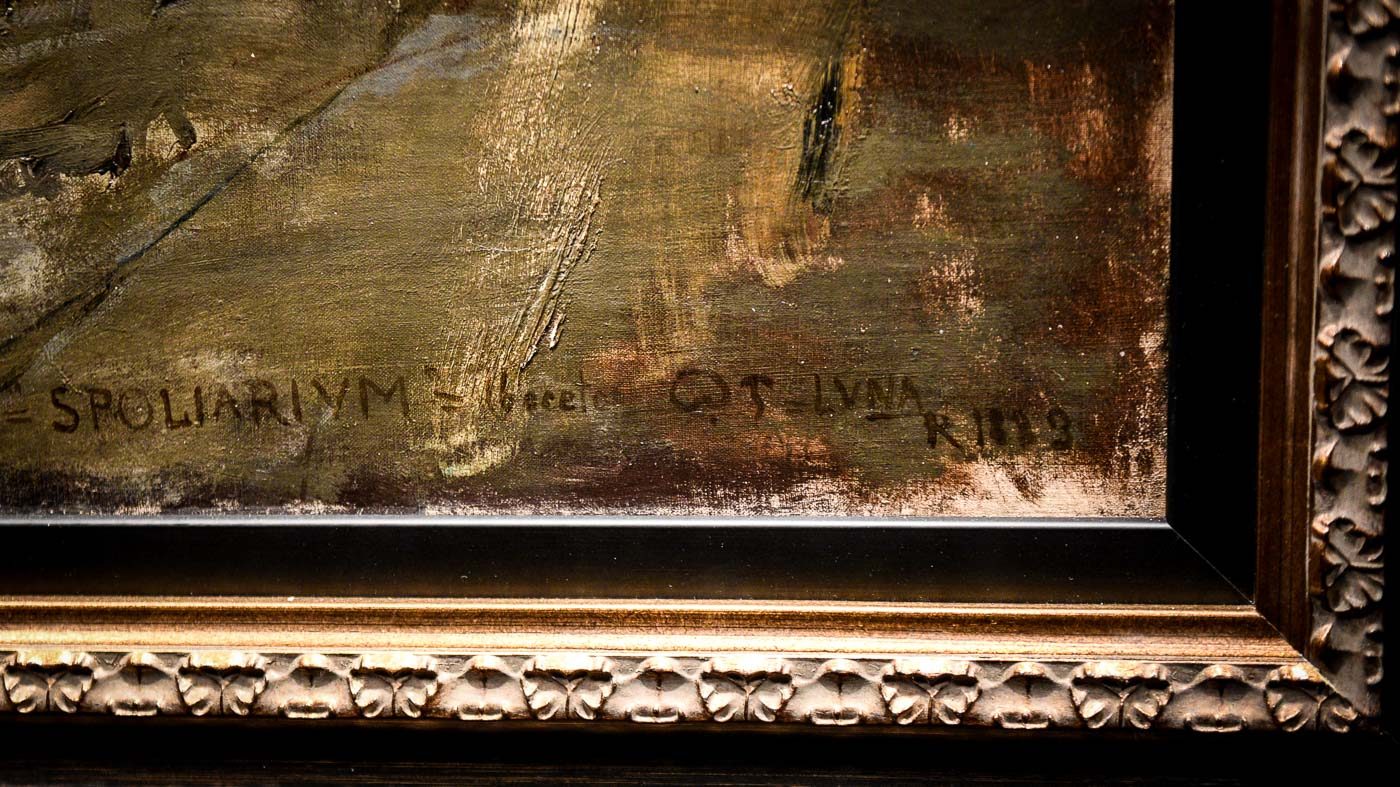
“The baybayin aroused my curiosity because to find a painting in Europe that was signed in the indigenous alphabet of a nation was very intriguing. In the beginning I didn’t know what it meant. To me those were just mysterious symbols,” said Lerma.
“In the course of the research it turns out that the symbols are baybayin or the words bu la, representing the Ilokano manner of referring to the moon. Moon in Spanish being Luna. I supposed that the symbols is that Luna spelling out his name and being proud that Filipinos have their own native alphabet.”
Lerma also took notice of the ‘R’ that resembles the same ‘R’ in the “Roma” of the 1884 Spoliarium.
“When you take a look at the painting, the manner in which the artist signed it is unhesitating. If somebody were trying to copy the painting, it would be more studied. There was a flowing penmanship in the work that is revelatory.” Lerma explains.
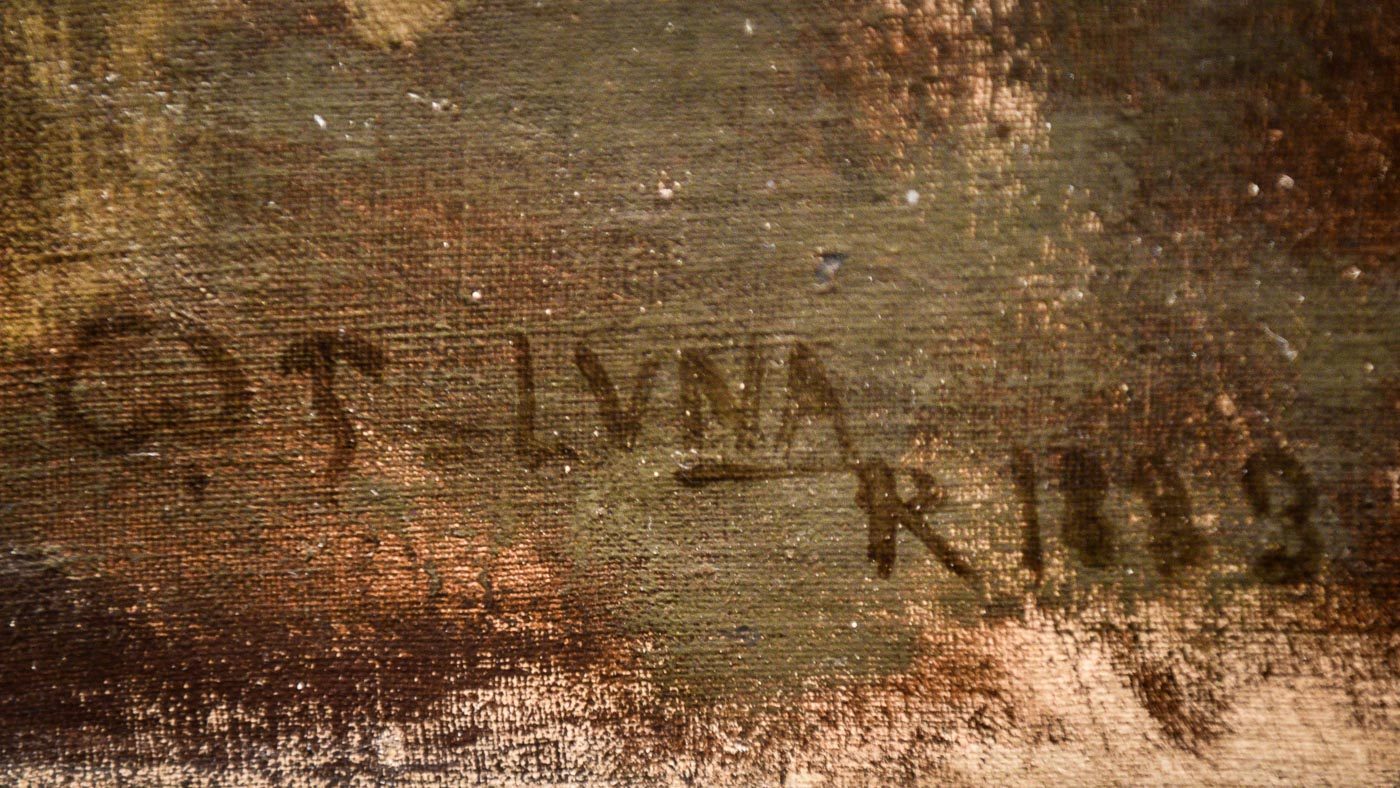
To bolster authenticity, Lerma said the art piece has undergone examination under UV light, where the signature disappears – apparently, an indication that it has not been tampered with. The same process also revealed that the varnish and the patina layers flouresce to a rich greenish glow, an indication that the boceto is over a century old.
Aside from size, the boceto and the finished Spoliarium showed many similarities, as well as marked differences in terms of brushwork and finish, not to mention the addition (and subtraction) of details, the shifting of forms and the changes in hues and tones.
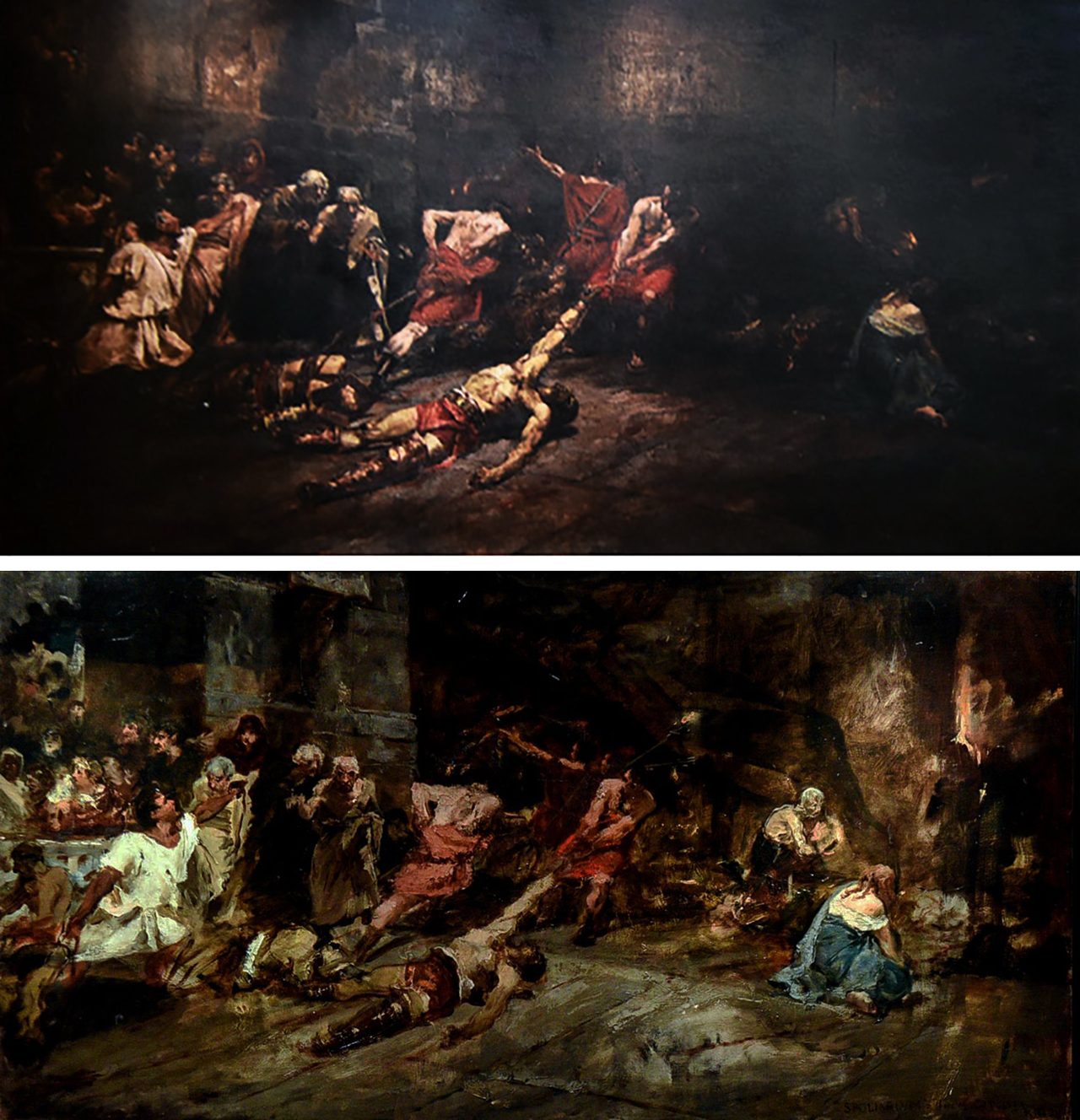
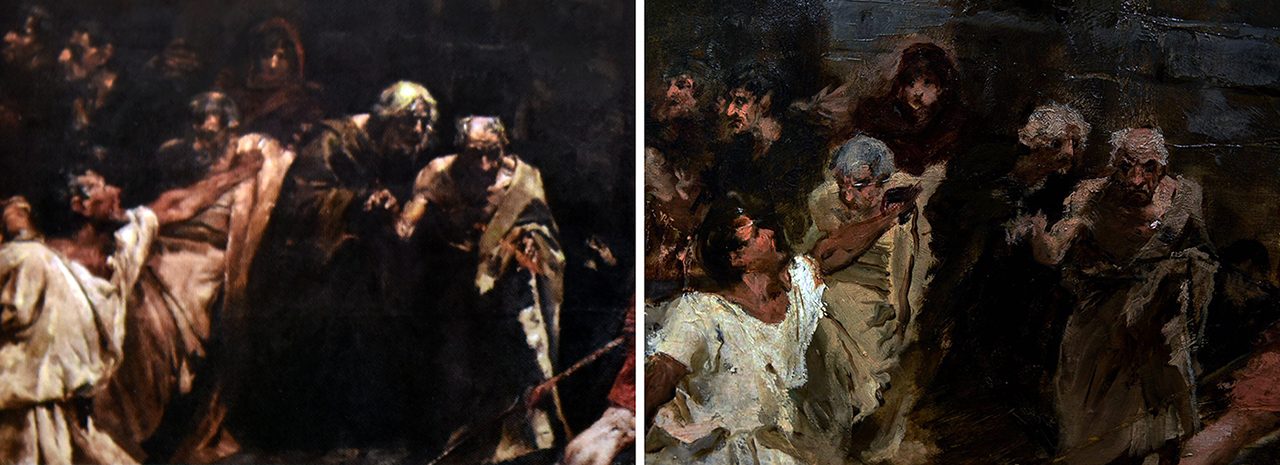
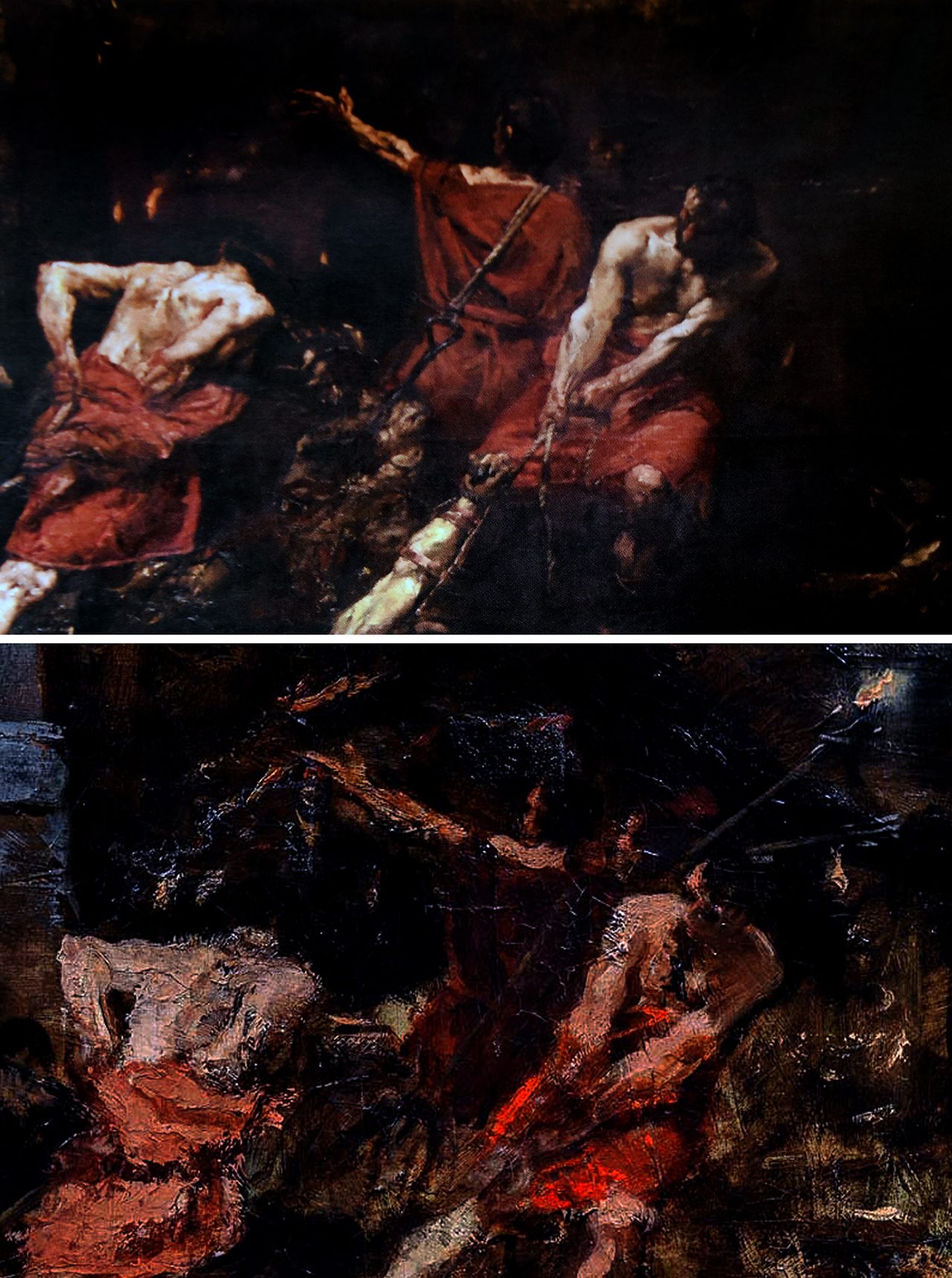
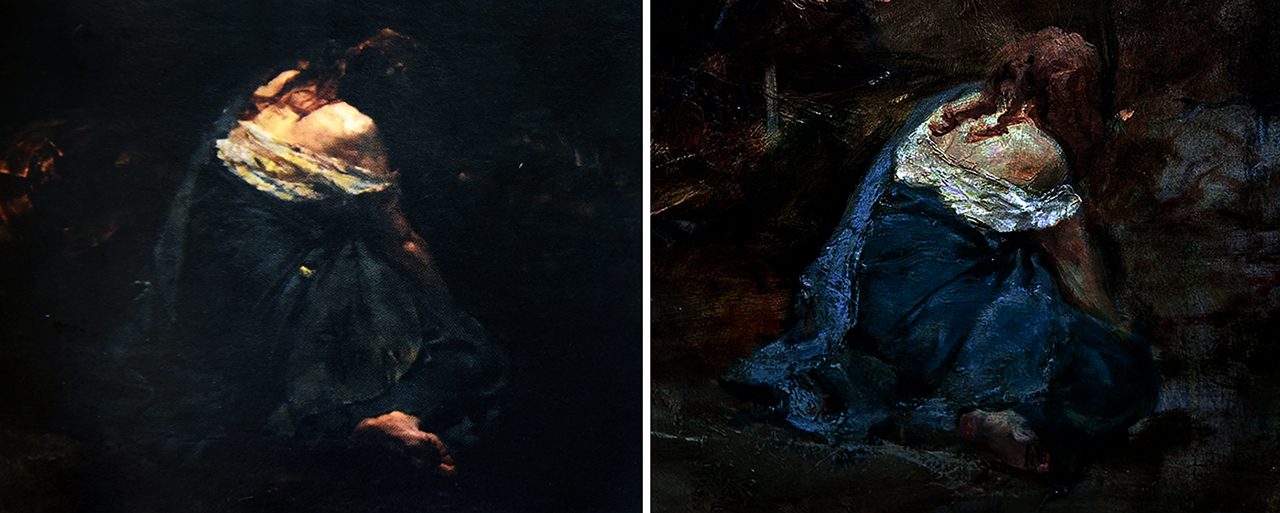
The boceto is currently owned by a European collector who wants to remain anonymous. The collector also had a piece done by Luna’s rival and compatriot, Felix Resurrecion Hidalgo, the La Pintura.
The two art pieces led Lerma’s to the town of Sarria in Lugo, Northwestern Spain, where the ancestors of the collectors lived. There, he was able to learn more of the boceto’s provenance.
He also found a catalog entry and several newspaper clippings indicating that the two pieces were indeed exhibited at the Museo Arqueologico in Madrid in 1893 – documentary evidence that establish the authenticity and ownership of the early Spolarium.
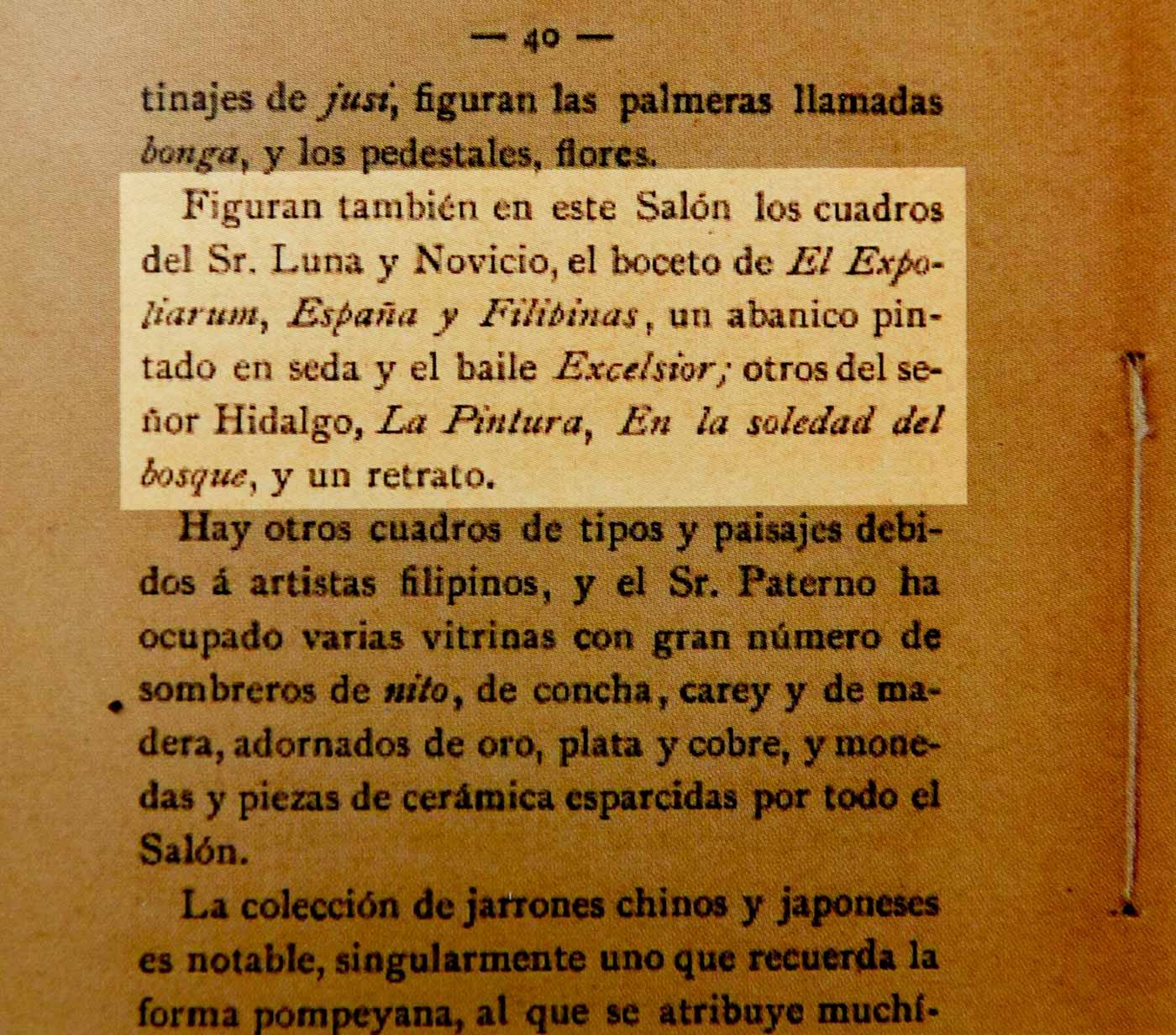
The Spoliarium plays a huge role in our country’s history. Winning the First Class Medal in the 1884 Madrid Exposition proved that the indios were equal or even better than their colonial masters. The win also bolstered the Propaganda Movement, which was pushing for reforms and equal treatment from Spain.
What about the significance and value of the boceto?
Lerma said “this is the first manifestation of the thoughts, the inspiration, the way in which the artist was thinking, conceptualizing and putting thoughts onto canvas.”
He added: “It is in the spirit of openness that we present this because we know what it is supposed to be and of course, questions need to be asked because it changes our understanding of Philippine art history.”
Lerma is encouraging art critics, practitioners enthusiasts and collectors to appreciate the boceto and to come up with questions to either prove or disprove the authenticity of his new-found piece. – Rappler.com
The boceto of the Spoliarium will be on exhibit from September 13 to 21 and will be auction off on the 22nd together with other significant art pieces at Salcedo Auction’s The Well Appointed Life.
Add a comment
How does this make you feel?


![[Time Trowel] Evolution and the sneakiness of COVID](https://www.rappler.com/tachyon/2024/02/tl-evolution-covid.jpg?resize=257%2C257&crop=455px%2C0px%2C1080px%2C1080px)







There are no comments yet. Add your comment to start the conversation.